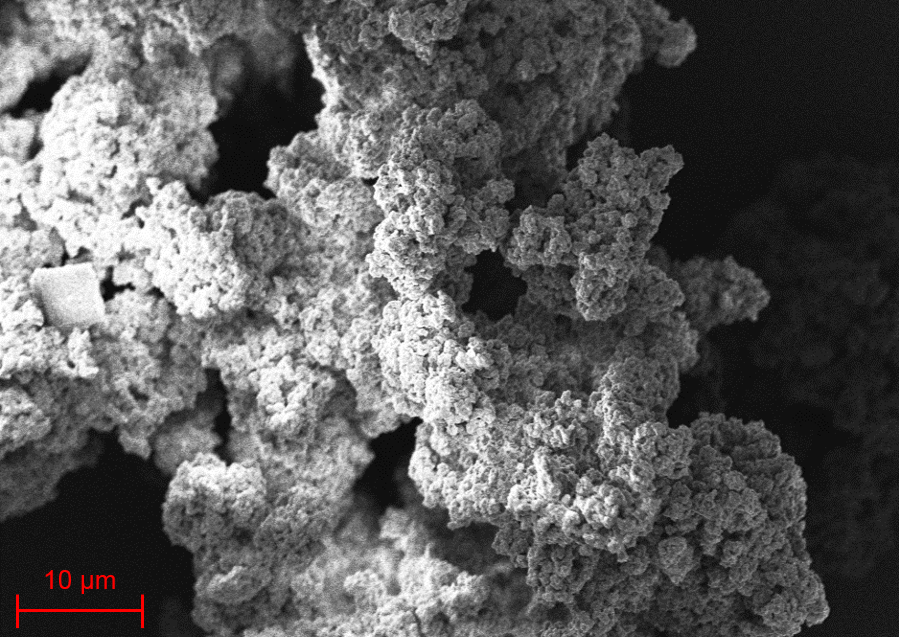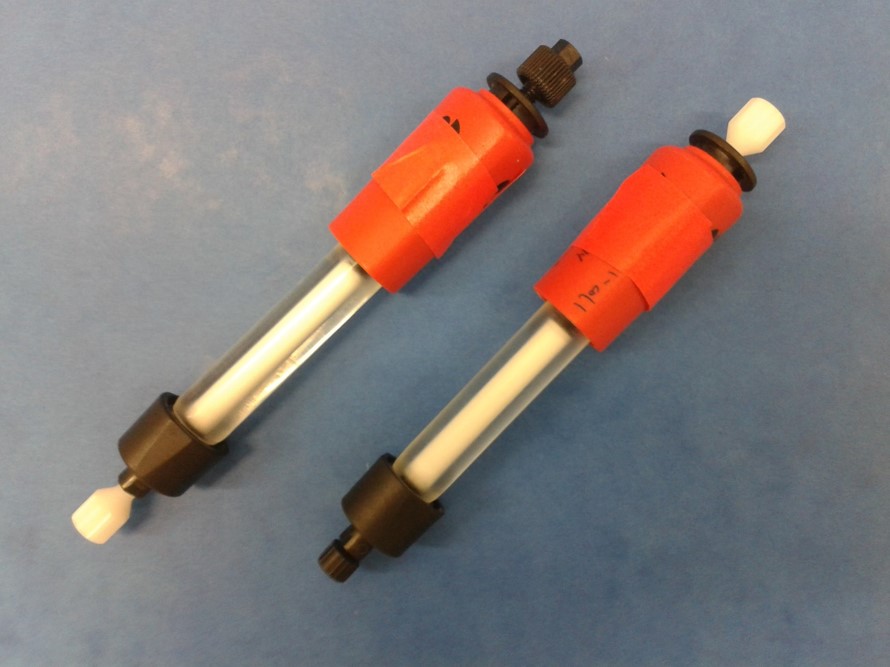Synthesis of Macro-porous Materials for Separation Application
In recent years, macro-porous materials started to play a major role as stationary phases in separation technologies. Their main advantage lays in their porous structure: in contrast with conventional chromatographic media, characterized only by small diffusive pores (800-1500 Å), they present also large “through-pores” (500-1500 nm). These allow convective flow through the particles, quickly carrying big molecules to the smaller diffusive pores on the surface. Thus, diffusion is no longer limiting and separation efficiency can be dramatically increased, without loss of capacity of resolution. Materials enabling this combination of convective and diffusive flow are called perfusive media and chromatography based on them is defined perfusion chromatography. These materials can be produced using the so called Reactive Gelation. This process, developed in the Morbidelli Group a few years ago, enables a major control on the final structure thanks to the sequencing of the conventional direct synthesis into a series of independent steps. First, a colloidal dispersion of spherical polymer particles (latex) in the size of tens to hundreds of nanometres and stabilized by ionic surfactants is produced. Subsequently further monomer and initiator are added to the dispersion in order to swell the polymer particles with them. The system is then destabilized either via increasing the ionic strength in the aqueous phase or via shear. The obtained aggregates are very weak, only held together by van der Waals-forces. However, the monomer introduced one step earlier can then be post-polymerised, forming strong covalent bonds between the particles, hardening the structure such that it can sustain remarkable mechanical stress. The synthesis and complete structural description of different materials, i.e. by playing with the composition and/or the aggregation step, together with the performance assessment for biomolecules of different sizes and different functionalization are crucial to achieve an optimized and versatile materials with high performance and extreme benefits in terms of time of purification.
Contact Person: Alberto Cingolani


